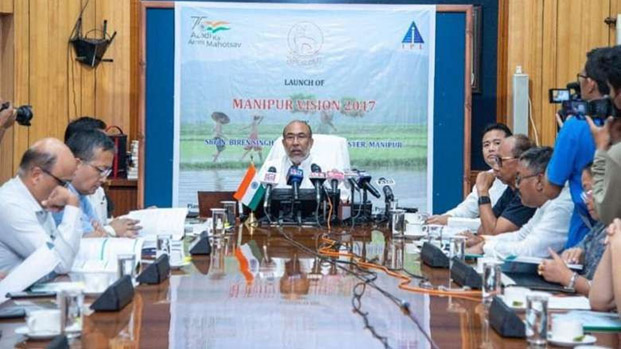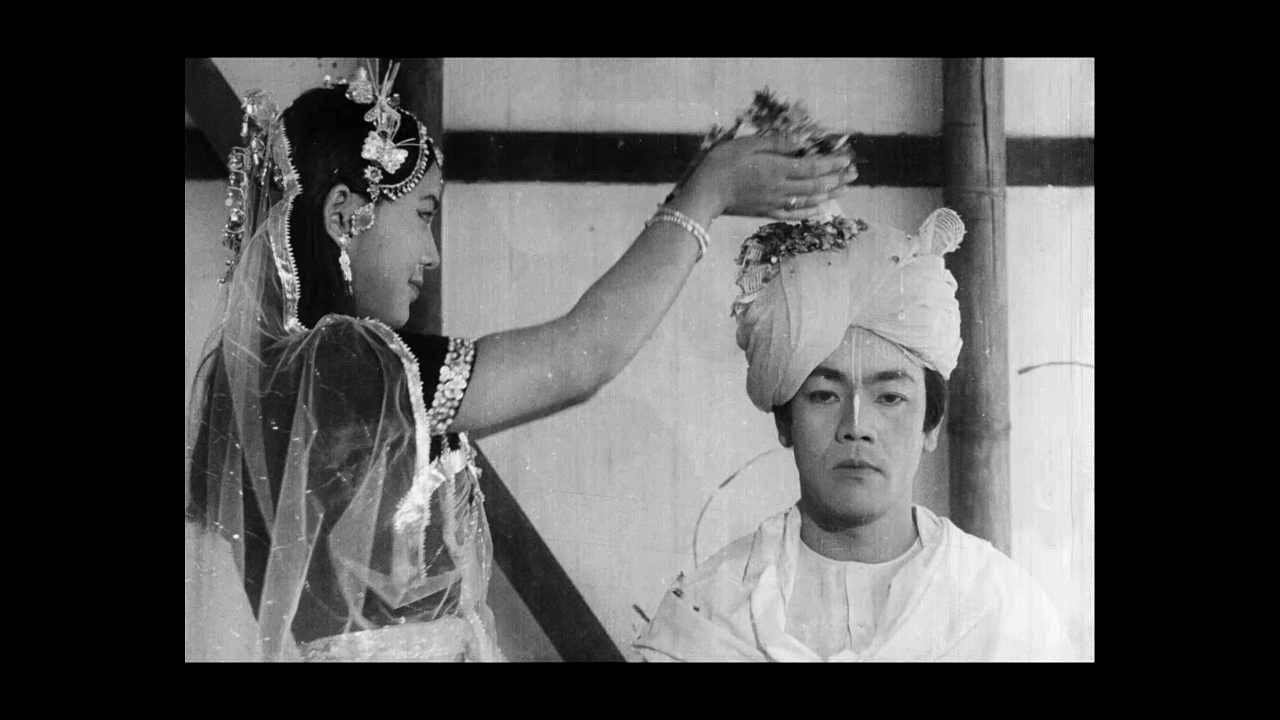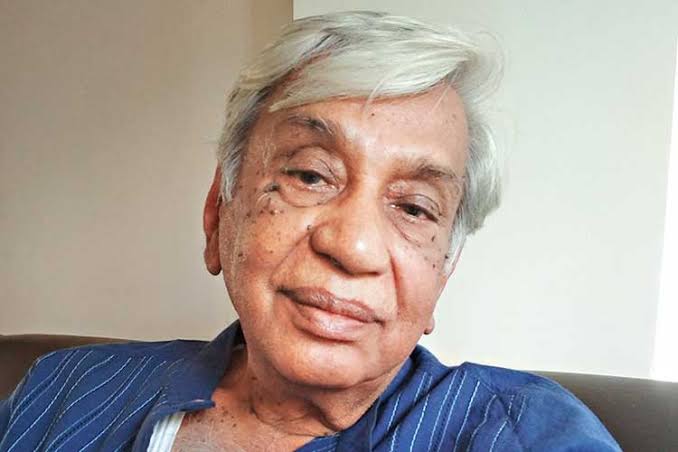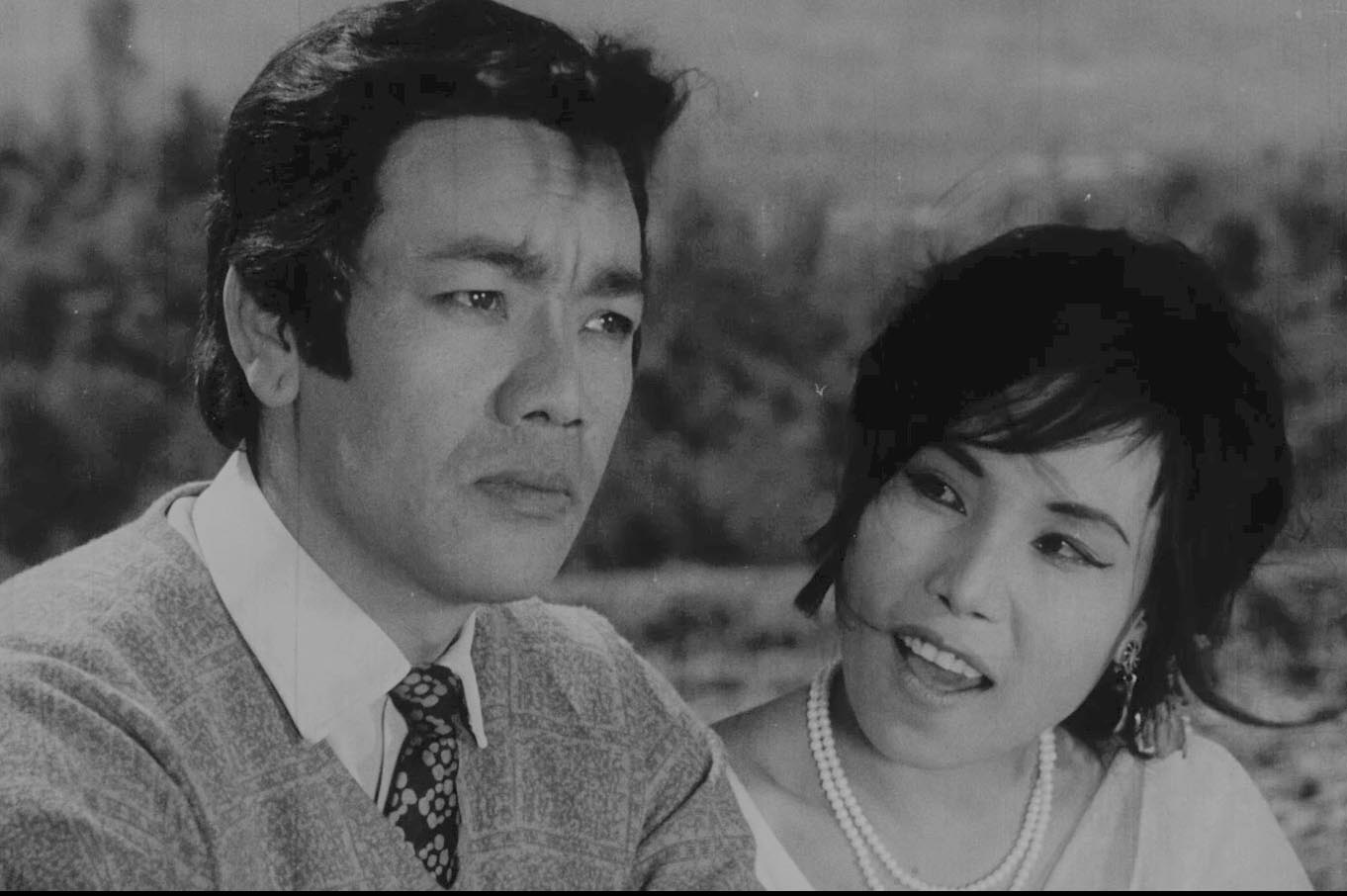Entitlement for the “tribals” to own individual landed properties in the “Hill Areas” of Manipur has long been overdue. Denial of the right to own landed property in the name of traditional tribal land holding system is also a violation of universal human rights.
In the “Hill Areas” where the ethnic groups who are categorised as Kuki settle, all of the village land is owned by the chief and the villagers are his tenants living under his patronage and mercy and they are given temporary rights for tilling the land on the condition that a portion of the produce should be given to the chief, the landowner.
In case of the “Hill Areas” where the ethnic groups who are known as Naga inhabit, both community land ownership and individual land ownership exist. However, the ownership is not a part of the state land records system.
Therefore, the tribals who are prevented to own landed property in the Hill Areas and not under the purview of the Manipur Land Revenue and Land Reforms (MLR and LR) Act, 1960 cannot have their land ownership certificate.
Contrary to this, tribal elites, politicians and most of the tribal chiefs have their landed properties in other parts of Manipur where the MLR and LR Act, 1960 is operational, and they are priviledged to get many benefits while the common people in the Hill Areas cannot.
When common tribal people cannot produce official individual land ownership certificate as collateral, banks are often reluctant to give loans to individuals or infrastructural support to entrepreneurs from Hill Areas, thereby arresting individual growth and development.
Moreover, the absence of individual land ownership rights has changed the attitudes and behaviours of the tribal people in the Hill Areas towards the preservation and conservation of the land they till and toil in year after year, thereby leading to rapid land degradation and fertility, and exploitation of forests. In one sense, they lack the responsibilty of preservation and conservation of the land in spite of claiming the “Hill Areas” are exclusive tribal traditional lands.
Fortunately or unfortunately, Manipur Chief Minister Nongthombam Biren on June 29 speaking at the launch of ‘Manipur Vision 2047’ at CM Secretariat has raised concerns that no equal development could be made between the hills and valley due to lack of policies and announced that a separate land policy for hill districts will be introduced in the upcoming Manipur Legislative Assembly which is to be held in July 2022.
Further, Chief Minister Nongthombam Biren said, in five districts for the valley areas, the state cabinet has given approvals under the MLR Act and further made resolutions for introducing separate land policies. A meeting was conducted along with the MLAs of hill districts and discussions were held to introduce a separate land policy for hill districts.
However, it is pertinent to ask – why should there be a separate land law for the “Hills”? Are the Hills not part of Manipur? Can’t we think of an inclusive land law for Manipur? Is Manipur still in the colonial rule where the colonial master divided the geo-political entity of Manipur into Hills and Valley in 1907 for their advantage after the British occupied Kangla in 1891?
Manipur is not a mechanical union of “hills” and “Imphal Valley”. Manipur is a geo-political entity and organic mountainous region where hills and valleys inseparably linked together. Manipur is a plateau in the Eastern Himalaya with hills and valleys. Imphal is not the ony valley in Manipur. There are many well-known valleys which make the hills like Khoupum Tampak, (Tampak means valley in Manipuri), Khuga Tampak, Sajik Tampak, Dzuko Tampak, Moreh and Jiribam beisdes other vast river basins like Barak River basin in the north.
Even after the controversial merger of Manipur with India on October 15, 1949, the Constitution (Scheduled Tribes) Order, 1950 (PART III.—Rules and Orders under the Constitution) PART X.—Manipur has created a structural division amongst the people of Manipur by picking up 33 ethnic groups of Manipur and categorised them as Scheduled Tribes. This also further divides the people of Manipur into two categories of people – Scheduled Tribes as constitutionally privileged groups of people getting reservations and opportunities including financial scholarships in education and job employability, and General (Non-Scheduled Tribes).
Consequently, with the passage of the Representation of the People’s Act, 1951, under which two seats of Lok Sabha, Indian Parliament of People’s Representatives were allocated to Manipur when the first Delimitation Commission took shape in 1952 on the basis of “tribals” and “non-tribals”. The Inner Parliamentary Constituency of Manipur was constituted as an unreserved constituency where a “tribal” or “non-tribal” can contest and cast their votes whereas the Outer Parliamentary Constituency is a reserved Parliamentary seat for the Scheduled Tribes of Manipur which includes eight “non-tribal” Assembly Constituencies of which the voters are deprived of their democratic rights to contest for the Outer Parliamentary Constituency seat except electing a Scheduled Tribe candidate as their representative.
With these, the segregation of the Hills and Valley; Tribal and Non-tribal have been perpetuated by or led to the Manipur Land Revenue and Land Reforms Act, 1960 made by Indian Parliament. This Act of Indian Parliament deprives some of the original settlers of Manipur, the “non-tribals” particularly Meiteis to own landed properties in “Hill Areas” whereas “Scheduled Tribes” settle and own landed properties in Valley areas while they can’t own individual landed property in the “Hill Areas”.
There should be land tenure system in the “Hill Areas” of Manipur. The lack of land reforms in the “Hill Areas” had always been an obstacle to proper land-use policy and the overall development and welfare of the common people for lack of individual land ownership rights.
The issue of land reforms in the hills has been made very complicated over the years by some powerful and influential tribal elites, politicians, chiefs and vested interest groups with wrong notions of indigenous land rights, an imagined threat perception of the valley people coming to settle in the hills. Land reforms and land survey do not necessarily mean the surveyed land would be taken over by the government and occupied by the Meiteis. It is about determination of the area of land owned by each individual and recording of the land owners’ names and other details.
It may be mentioned that in 1988, the then Chief Minister RK Jaichandra had introduced an amendment bill of the MLR and LR Act, 1960 seeking to extend the provisions of the Act to the entire state of Manipur including the “Hill Areas” to enable the Revenue department to make survey and prepare records of rights in respect of the permanently settled areas, wet land rice cultivated areas.
The bill was vehemently opposed by the representatives of the “Hill Areas” in the Manipur Legislative Assembly. It was projected as an anti-tribal bill by the influential and powerful tribal elites, politicians and the chiefs in the “Hill Areas” of Manipur.
However, by the 1988 amendment of the Act, where a proviso was added to extend the whole or any part of any section of this Act to any of the “Hill Areas” of Manipur also by an executive order, the MLR and LR Act, 1960 became operative in Churachandpur town and parts of Khuga Tampak which led Churachandpur to become the second largest town in Manipur.
Interestingly, this time some among the leaders from “Hill Areas” and some tribal groups have come forward in support of a land tenure system in the hills.
However, Manipur is not surrounded by hills but Manipur is a mountaneous region and a plateau where hills and valleys coexist. The wrong notion of Manipur surrounded by hills perpetuates to mean Manipur is only Imphal valley by some exclusivist political leaders and elites. Hills cannot be distiguished without valleys and there cannot be valleys without hills. Manipur is an organic and geo-political entity. The wrong notion of hills and valley division should not further be used in new legislations.
Chief Minister Nongthombam Biren’s government which has been claiming for integrity, unity and equal development of Manipur should think of amending MLR and LR Act, 1960 to insert new proviso(s) to entitle the people in the “Hill Areas” to own individual landed property or of making a new inclusive land law of Manipur which overides MLR and LR Act, 1960, instead of making a seperate land law for “Hills” to lead towards the fulfillment of “Seperate Hill Administration” as advocated by some exclusivist leaders.











1 thought on “Why Should There Be A Separate Land Law For The Hills of Manipur?”
I have learnt a lot about Manipur and its land policies.from this I have come to a conclusion that there are more provision for land reforms which will provide equal rights to indigenous people having no discrimination.
Comments are closed.